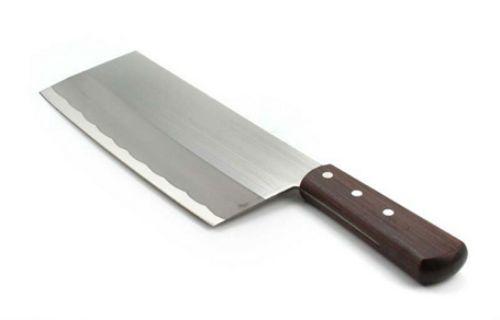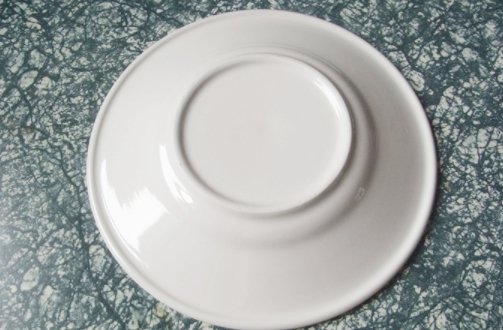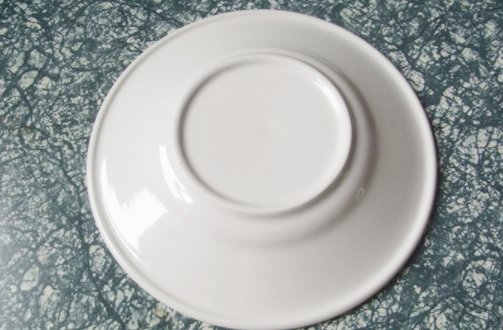Knives are essential tools in the kitchen. However, if not used regularly, they will rust and become dull. Instead of buying a new knife every time you notice it’s dull, here are 3 simple tips to keep your knives clean, bright, sharp, and always ready to use:

1. Polish with toothpaste
Toothpaste is a must-have item in every household. Besides whitening teeth, it has many other surprising uses, including polishing knives. The process is simple, just apply toothpaste evenly on the surface of the knife, and brush the knife for 2 minutes.
This will make the knife shine, clean, and bright. After 2 minutes, wipe off the toothpaste residue and rinse. After brushing and polishing with toothpaste, the knife will be much sharper.

2. Use white vinegar to remove rust
White vinegar can soften rust on the knife blade. The components in vinegar react with the rust, helping you remove it.
Therefore, when your knife has rust, simply soak it in white vinegar to quickly restore its cleanliness and shine.
3. Sharpen the knife
If you use knives regularly, you’ll need to have a sharpening stone. However, if you don’t have a sharpening stone, you can use a white porcelain plate instead. Flip the plate over, sprinkle a little salt on the rim of the plate. Spread the salt evenly on the knife blade.

Then start sharpening the knife on the rim of the plate. The white porcelain plate has the same effect as a sharpening stone. While sharpening, make sure to sharpen the knife clockwise. The salt particles will increase the friction between the knife and the plate, making the knife sharper and also sanitizing it.
Source: Khám phá



































